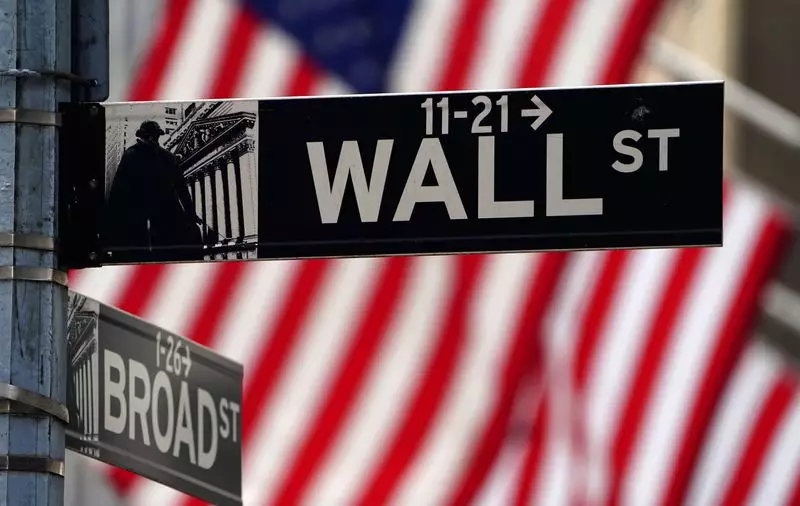As 2024 reaches its conclusion, Wall Street is displaying a remarkable resilience characterized by gains across major indexes. This performance can be largely attributed to a convergence of favorable economic indicators post-pandemic, anticipated declines in borrowing costs, and a robust surge in technology stocks supported by advancements in artificial intelligence (AI). The S&P 500, Dow Jones, and Nasdaq are collectively poised to close on significant upward trends, reflecting the market’s optimistic sentiment as investors react to the evolving economic landscape.
Key to understanding Wall Street’s trajectory is the Federal Reserve’s decision-making surrounding interest rates. In 2024, the Fed executed a near 100-basis point cut, propelling equities to new heights by invigorating investors’ confidence in future profitability. Many analysts are speculating that this pivotal strategy is a response to persistent economic healing as the aftermath of the pandemic continues to unfold. The reduced rates effectively lower the cost of borrowing for businesses, encouraging expansion and investment—important drivers of and contributors to market growth. With bank stocks notably experiencing a 30% rise this year, it’s clear that the banking sector has embraced the low-interest environment.
The technology sector, in particular, has emerged as a significant catalyst for the stock market rally. Major players like Nvidia and Tesla have seen extraordinary growth, with Nvidia’s stock climbing approximately 170% this year to solidify its status as a pioneer in the AI arena. Such growth has allowed the company to surpass a landmark market valuation of $3 trillion, alongside Tesla reclaiming the coveted $1 trillion mark. The rise of tech stocks underscores the market’s expectation of a lucrative future powered by AI innovations, particularly as firms strategize to leverage these advancements effectively for corporate gain.
Despite the positive trends, December brought some volatility to the markets as higher Treasury note yields ignited caution among investors. The S&P 500 faced challenges, poised to record its most significant monthly decline since April 2024, arising from concerns about inflated equity valuations amidst shifting Federal Reserve stances. Market analysts remain cautious; as noted by Raffi Boyadjian at XM brokerage, the trajectory of equity gains hinges on forthcoming clarity regarding the new administration’s fiscal policies and the evolution of earnings expectations.
The political landscape has changed significantly with Donald Trump’s return to office, prompting investors to adjust their strategies. The expectation that regulatory easing and tax reductions will bolster domestic businesses had a palpable impact on small-cap stocks, with the Russell 2000 index achieving record heights this year. This indicates a broader market shift where optimism surrounding pro-business policies could provide an impetus for growth in sectors vulnerable to regulatory pressures.
Additionally, the market for cryptocurrencies has seen rejuvenation, fueled partially by Trump’s policies. Bitcoin’s resurgence to $100,000 exemplifies the renewed investor enthusiasm for cryptocurrencies, accompanied by significant gains for related assets such as MicroStrategy, which tripled its stock valuation this year. Firms focused on cryptocurrency trading, such as Coinbase, have also experienced gains, reflecting a broader acceptance of digital currencies in mainstream investment discussions.
Looking ahead, although the market exhibits a strong bullish trend moving into 2025, caution is warranted as the environment remains fluid. Clarity on tax policies and economic strategies from the incoming administration will likely shape investor sentiment as Wall Street navigates potential headwinds related to regulatory changes and inflation concerns. As traders anticipate further interest rate cuts potentially slated for 2025, the future of equity markets—especially within technology and cryptocurrencies—will depend significantly on how these factors coalesce in the months to come.

